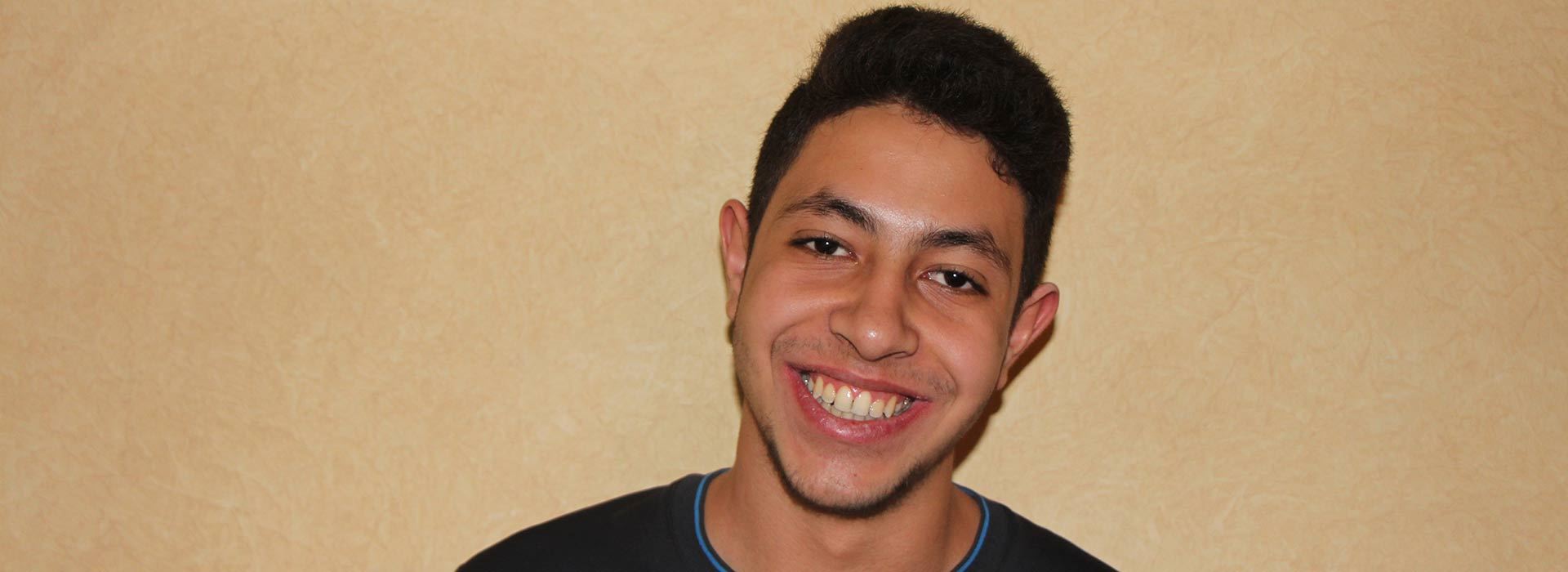
Your common questions answered
On this page we aim to provide answers to questions commonly asked by people considering orthodontic treatment, such as ‘what is an orthodontist? If you have a question that is not answered on our site, please contact us. Your question and its answer will anonymously be added to this page if we feel it would help other prospective patients.
Click on a question to be taken to the answer…
Copyright © 2020 Nadim Orthodontic Clinic | Website Privacy Policy